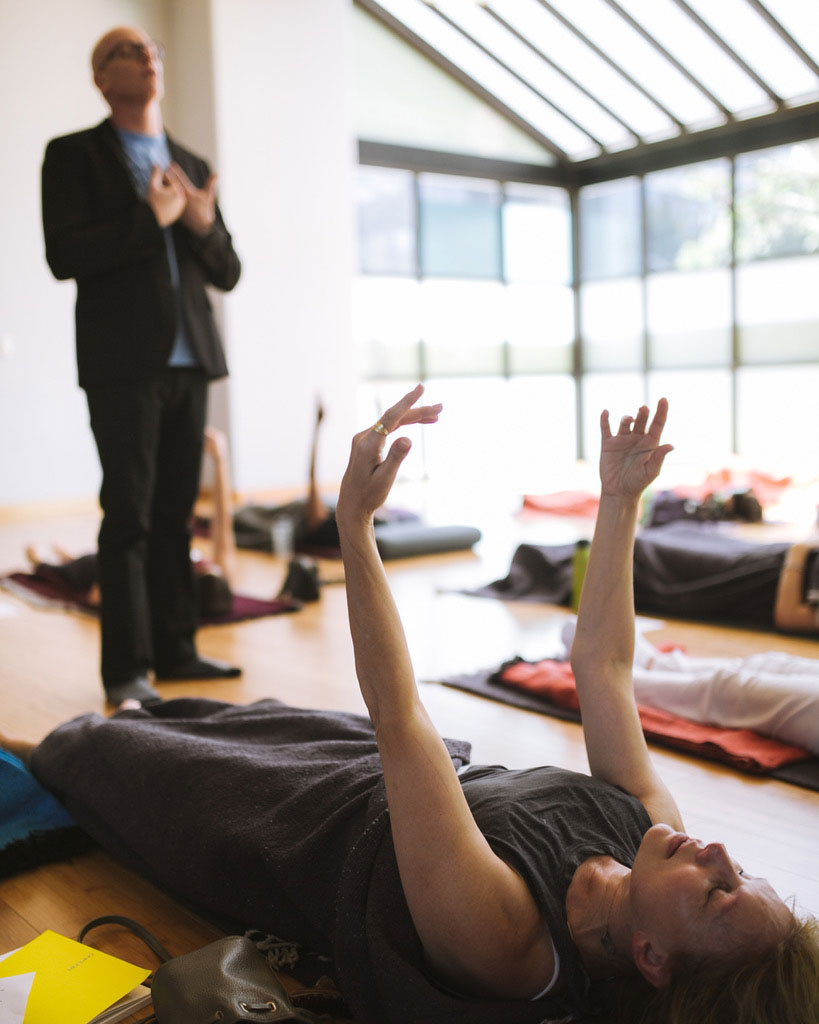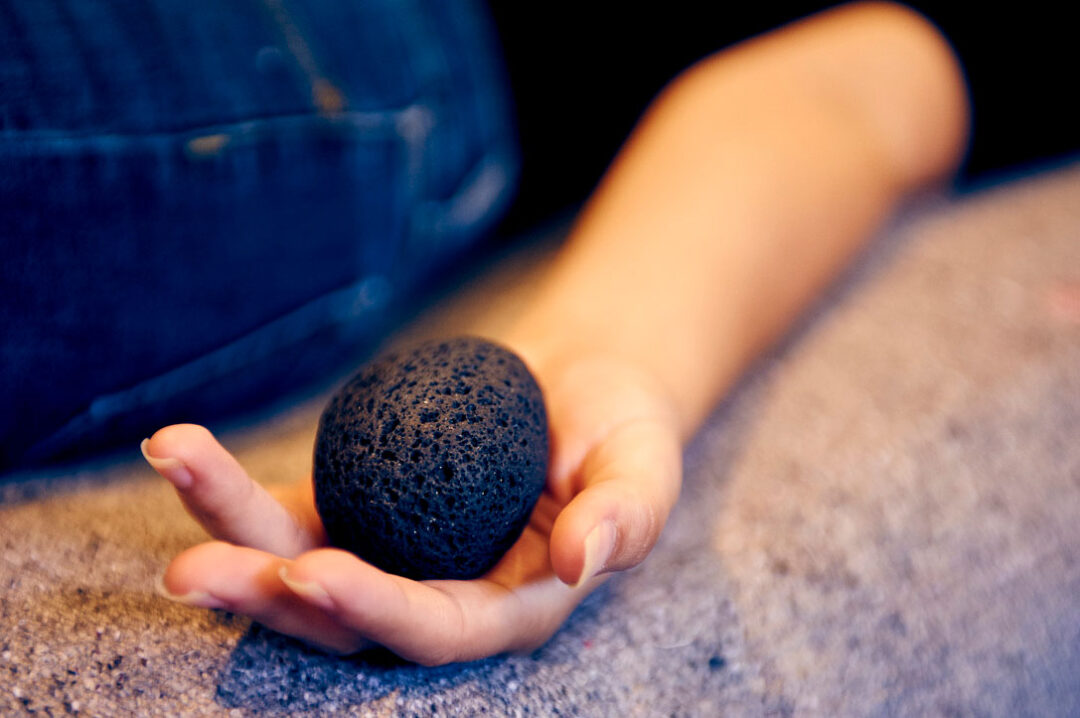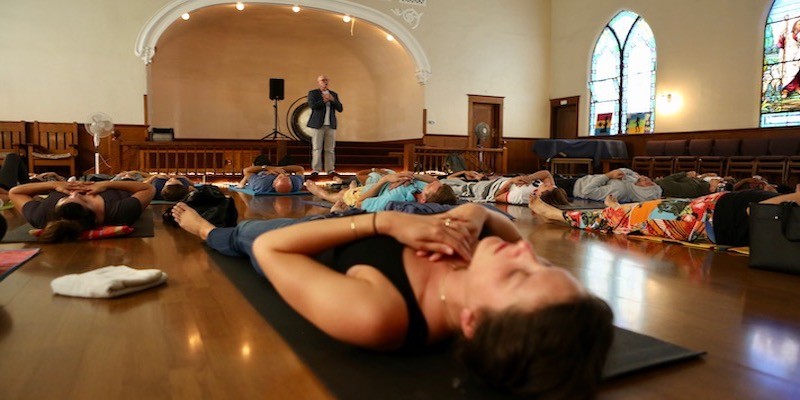Hey everyone! Jon Paul here! Today let’s dive into the fascinating world of Breathwork and how to navigate our way through a common phenomenon called tetany. This intense breathing technique, known as Circular Breathwork, or Conscious Connected Breathing, is a personal favorite of mine, due to its transformative nature right from the first session.
So, what’s the deal with those hand cramps during intense breathwork sessions? Why does it feel like my hands will stay like this forever? Seriously, can someone define Tetany? Whether it’s a long rebirthing session, Holotropic breathing, or even one of our Circular Breathwork sessions, you might experience cramping. It can be quite uncomfortable and even painful, leaving your face contorted. But fear not, let’s dive into the biology behind it.
The Biological Perspective
As someone well-versed in the human body’s intricacies, I’ve delved into the relationship between breath and the body. Breathing directly impacts your bloodstream faster than almost anything else, akin to a drug’s influence. When you engage in intense breathing, hyperventilation sets in and you will breathe faster than your normal rhythm.
This rapid breathing leads to expelling more carbon dioxide, causing your bloodstream to become slightly alkaline, resulting in respiratory alkalosis.
Understanding Respiratory Alkalosis
Respiratory alkalosis triggers a cascade of sensations, from chest tightness to lightheadedness, akin to a near-death experience. Your body panics, striving to maintain its optimal pH level around 7.4.
The intensity of the breathwork temporarily shocks your system, potentially unlocking deep-seated emotions and facilitating profound healing.

Adaptation and Tetany
Repeated exposure to intense breathwork may diminish the severity of tetany, as your body adapts to manage respiratory alkalosis. Tetany, characterized by hand cramps, arises from your body’s attempt to rebalance its pH; often using calcium. While it might seem alarming, it’s a sign of your nervous systems’ robust functionality.
Understanding Tetany in Breathwork
Tetany often accompanies Circular Breathwork, causing cramping sensations, commonly referred to as “breathwork lobster hands.” It’s crucial to recognize that tetany is a temporary and harmless condition, typically resolving itself once you return to a normal breathing pattern.
Physical Explanation of Tetany
During breathwork, the intensified and connected breathing can lead to a drop in CO2 levels, resulting in less oxygen reaching vital organs and tissues. This, in turn, causes the blood’s pH to become more alkaline, triggering tetany. While many experience it initially, the body often adapts over subsequent Breathwork sessions.
Psycho-Spiritual Meaning of Tetany
Symbolically, the claw-like hand cramps during tetany might signify holding onto something tightly. Instead of fearing tetany, consider it a gift and a message from your body. Use this opportunity to inquire within and ask what it’s time to let go of during your breathing session.
Practical Tips for Managing Tetany
- Magnesium Massage Lotion: Applying magnesium lotion to your hands during breathwork sessions can ease tetany discomfort for many individuals.
- Grounding Stones: Holding rounded stones during breathwork provides a unique grounding experience. Find stones with smooth surfaces and no jagged edges for added comfort.

What to Do If Tetany Becomes Intense
- At any time, you can close your mouth, pause and breathe through your nose, pause again, and breathe through your nose. This will slow it all down.
- Ensure the exhale is gentle and not forced.
- Experiment with a slower, gentler breathing pattern, focusing on breath awareness.
- Incorporate gentle movements of the hands and feet to alleviate sensations.
- Remember that tetany is temporary, and you are safe.
- Inquire into the physical sensations, locating them in your body and describing how they feel.
- Embrace surrender, letting go of fear, and breathe/relax into the sensation.
- Dance between your edge, stepping back when it becomes overwhelming, and returning when ready.
- Breathe into your hands or any material for rapid relief.
- Reframe and define tetany as a gift, an opportunity for personal transformation rather than something to avoid.
Conclusion
Tetany, though initially startling, can be navigated with awareness and the right tools. Embrace the discomfort as a pathway to self-discovery and transformation during your Breathwork journey. If you found these tips helpful, share them with others who might benefit.
Remember, you’re not alone on this journey and each breath is an opportunity for growth.




